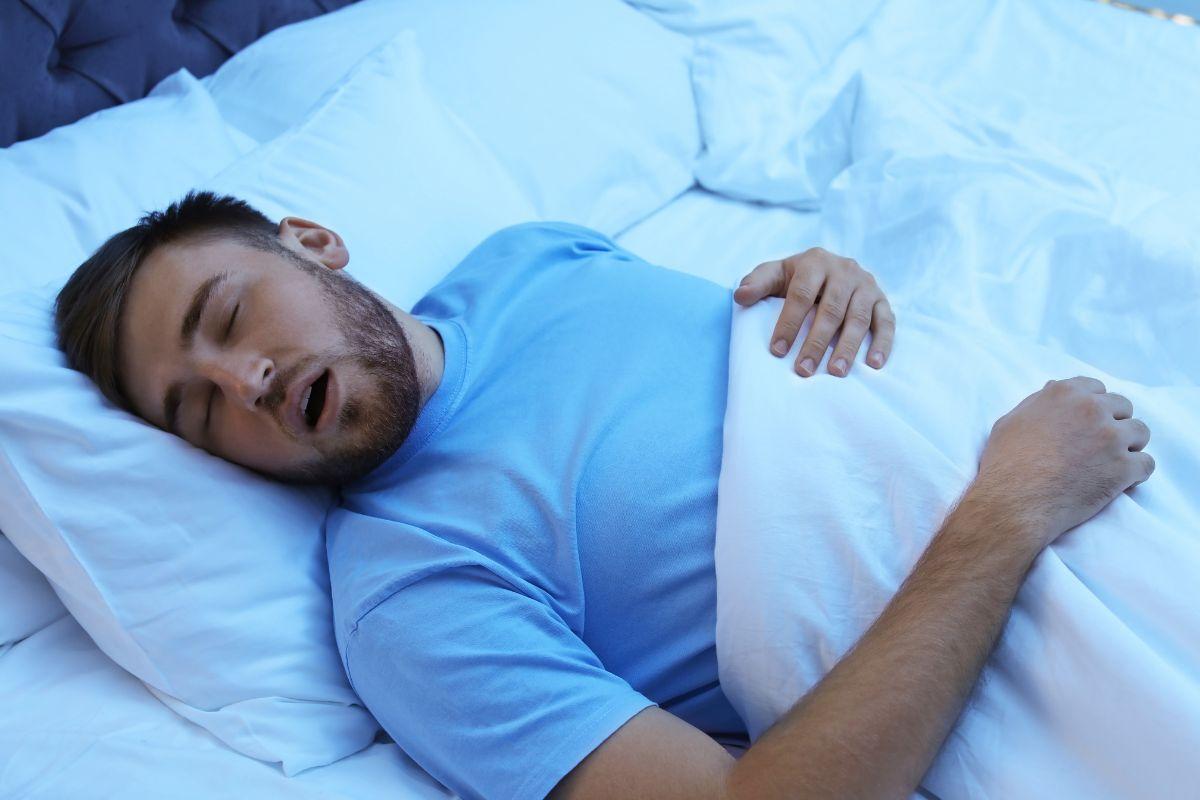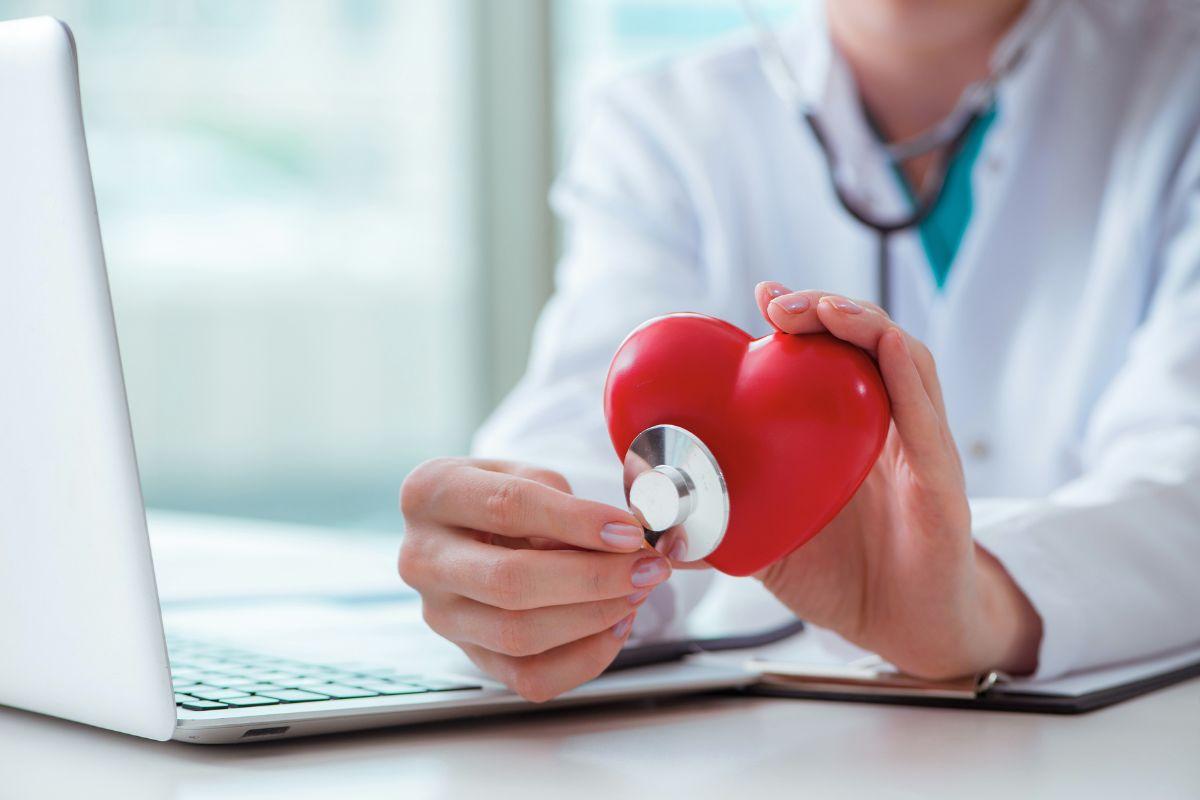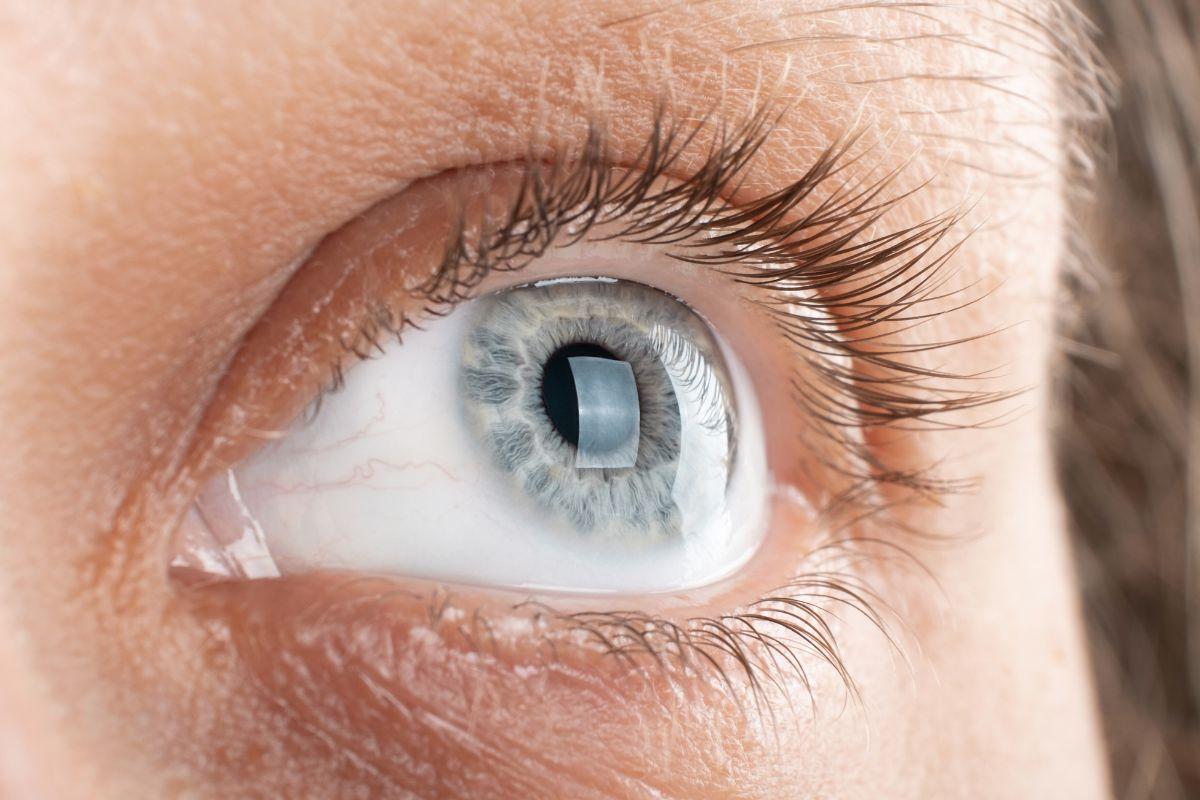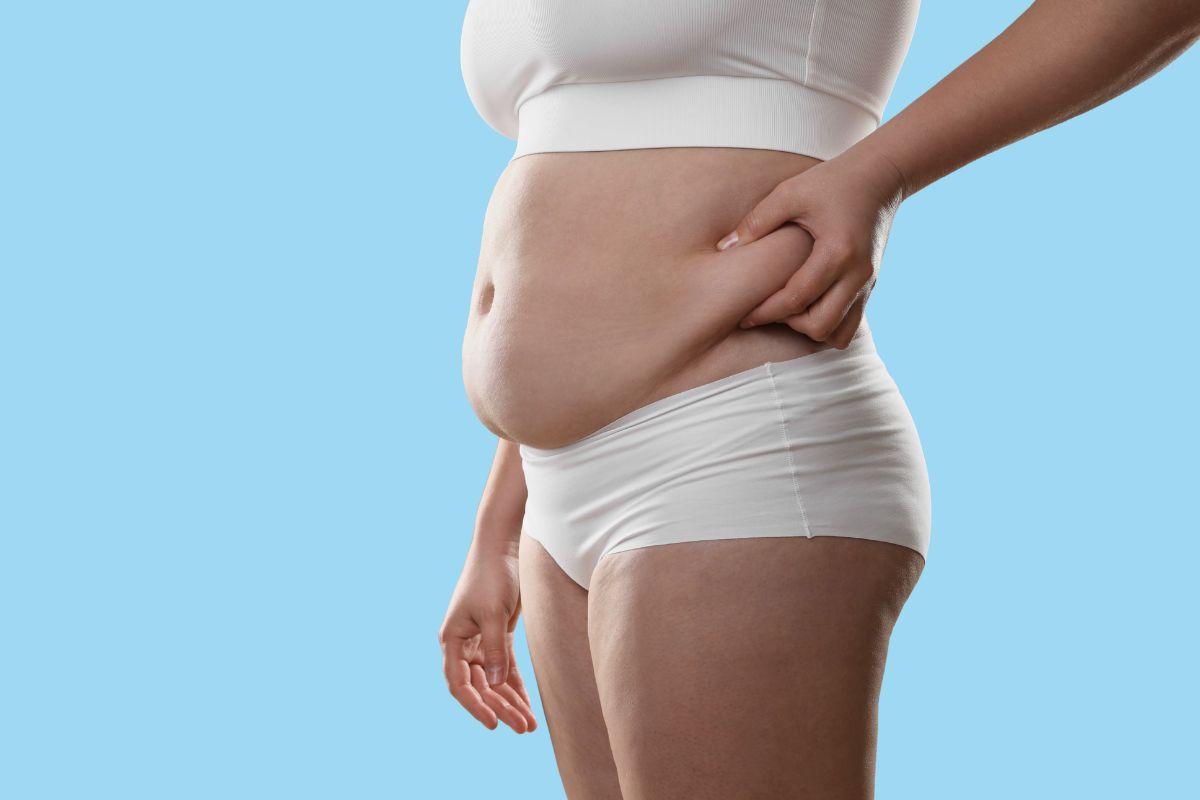What is Sleep Apnea?
Sleep apnea is a severe sleep-related breathing disorder where a person stops breathing for short periods while sleeping, and then wakes up gasping to restore normal breathing. Approximately 39 million adults in the United States have obstructive sleep apnea.
What’s the Exact Mechanism behind Sleep Apnea?
There are two main reasons behind sleep apnea: Airway Blockage and Brain dysfunction. Sleep apnea happens mainly when your airway gets blocked, or your brain fails to control breathing properly during sleep. As a result, you stop breathing. This results in a drop in oxygen saturation and a rise in CO2 levels in your blood, triggering a brain reflex that wakes you up to restore breathing. This phenomenon can occur up to 30 times or more each hour, all night. These repeated pauses in breathing interfere with the normal sleep cycle, so you don’t get enough deep, restful sleep.
Know your Risk Factors?
Several factors can put you more at risk. These may include:
- Chronic snoring: Especially if the snoring is much louder than usual and happens every night.
- Male sex: Males are affected 2-3 times more with sleep apnea than females.
- Being overweight: In obese individuals, excessive neck fat can partially block the airway, which increases the risk for developing OSA.
- Older age: As the throat muscles relax, the chances of airway collapse increase, making older adults more prone to developing sleep apnea.
- Family History: A Positive family history of obstructive sleep apnea can make you more susceptible.
- Smoking: Tobacco use can make the airways inflamed and congested, increasing the risk of developing sleep apnea.
- Nasal conditions: Nasal congestion, seasonal allergies, or structural deformities such as a deviated nasal septum or enlarged turbinates can increase the risk.
- Larger Neck circumference: People with thicker necks may have narrower airways, which can make breathing during sleep more difficult.
- Alcohol, sedatives, or tranquilizers: These substances relax throat muscles, which can worsen airway blockage during sleep.
- Medical conditions: Diabetes, hypertension, heart failure, previous history of stroke, and chronic pulmonary diseases like asthma can raise the risk of sleep apnea.
Signs You Might Have Sleep Apnea:
You probably won’t notice that you have sleep apnea. Often, your partner or family notices the signs first, which may include:
- Loud snoring
- Unusual breathing patterns include an alternative pattern of fast and deeper breathing.
- Abrupt awakenings with gasping or choking
- Excessive daytime fatigue or sleepiness
- Waking up with a dry mouth
- Low mood, anxiety, or depression are linked to poor sleep quality.
- Nocturia: Needing to urinate often at night
- Headache in the Morning
Who Should Be Evaluated for Sleep Apnea?
Evaluation is recommended for:
- Adults who exhibit common symptoms, such as snoring, daytime sleepiness, or observed apneas
- People with obesity or a wide neck circumference
- Patients with uncontrolled hypertension
- Those having diabetes, atrial fibrillation, or cardiac failure
- Children with enlarged tonsils or adenoids
How Is Sleep Apnea Diagnosed?
Your physician might review your symptoms, do a clinical examination, and assess your sleeping patterns to diagnose Obstructive Sleep Apnea.
Physical Examination:
It involves the evaluation of the soft tissues of your throat, your neck and waist circumferences, and your blood pressure.
Sleep apnea diagnostic tests include:
Polysomnography (Sleep Study):
This test tracks your blood oxygen levels, breathing patterns, heart rate, brain activity, and even body motions as you sleep. It gives you all the information on the stages and quality of your sleep.
Home Sleep Apnea Test (HSAT):
Unlike a complex lab study, this test collects fundamental information while you sleep at home, including heart rate, oxygen saturation, ventilation, and breathing patterns.
AHI Index:
After that, medical professionals determine an apnea-hypopnea index (AHI).
AHI keeps track of how many times your breathing stops per hour while you’re asleep.
| AHI | Rating |
| < 5 | Normal |
| 5-15 | Mild |
| 15-30 | Moderate |
| >30 | Severe |
If the following tests confirm obstructive sleep apnea, a consultation with an ENT specialist might be considered for a detailed examination of your throat. You may also need to consult a cardiologist or neurologist if there is suspicion of central sleep apnea.
Seeking the Right Treatment for Sleep Apnea?
CPAP – The Gold Standard
Continuous airway positive pressure therapy is considered the Gold standard for treatment of Sleep Apnea.
How does a CPAP machine work?
A CPAP machine provides an uninterrupted flow of air through a mask, which prevents airway collapse during sleep
Advantages:
CPAP restores normal breathing pattern, improves the overall quality of sleep and reduces snoring episodes. It also help lowers blood pressure and reduces the risk of heart disease related to severe obstructive sleep apnea.
Challenges:
Some people struggle with mask discomfort, dry mouth, or noise. These challenges can be resolved in the following ways.
- Mask discomfort: Consult your healthcare professional about attempting a different kind of mask (small nasal pillows, full-face, or nasal pillows) if your current one is bothersome. Make sure the straps are tight but not too tight to cause pain.
- Dry mouth: You can moisten the air using a heated humidifier.
- Noise problems: Look for air leaks near the mask if your machine makes a lot of noise. Noise can also be decreased by routinely cleaning or changing the filters. Ask if a modern machine is right for you; some are significantly quieter.
Alternatives if CPAP Is Intolerable:
If standard CPAP feels uncomfortable, there are several alternative options available:
- BiPAP (Bilevel Positive Airway Pressure): These machines provide two settings for air pressure: a higher pressure when air moves inside, and a lower pressure when air moves outside. It may provide more comfortable breathing for people who struggle with standard CPAP.
- Mandibular advancement devices (MAD): A custom-made dental device that keeps the airway open by moving the jaw forward may be helpful if you are not comfortable with CPAP.
- Hypoglossal nerve stimulation: A small device, like a pacemaker, can stimulate the hypoglossal nerve and prevent airway blockage caused by the tongue retracting back into the throat.
Lifestyle modifications
If you have mild sleep apnea, it can be improved with lifestyle modifications such as:
- Weight loss
- Smoking cessation
- Position therapy (Avoid sleeping on your back)
- Treating nasal congestion and allergies
When Should You Consider Surgery for Sleep Apnea?
In some cases, for example, if you have structural issues in the airway, enlarged tonsils, or nasal obstructions, surgery is the only option. Procedures such as Uvulopalatopharyngoplasty (UPPP) can help keep the airway open.
Surgery is typically reserved for people who do not respond to other treatments.
Key Takeaway
Sleep apnea is not just regular snoring and can be fatal if ignored.
- If you snore loudly, feel tired despite sleeping, or your partner notices pauses in your breathing while you are asleep, it’s time to get evaluated.
- Diagnosis is straightforward, usually through a sleep study.
- CPAP therapy remains the gold standard, but alternatives are available if it’s not suitable.
Find the right specialist for you. Doctify uses verified reviews so you can make the best decision for your healthcare.

Find the best ENT Surgeons in the United Kingdom or search for the best specialists globally:
- ENT Surgeons in the United Arab Emirates
- ENT Surgeons in Germany
- ENT Surgeons in Austria
- ENT Surgeons in Ireland
- ENT Surgeons in Australia
Medically Reviewed
Last reviewed on 18/08/2025




